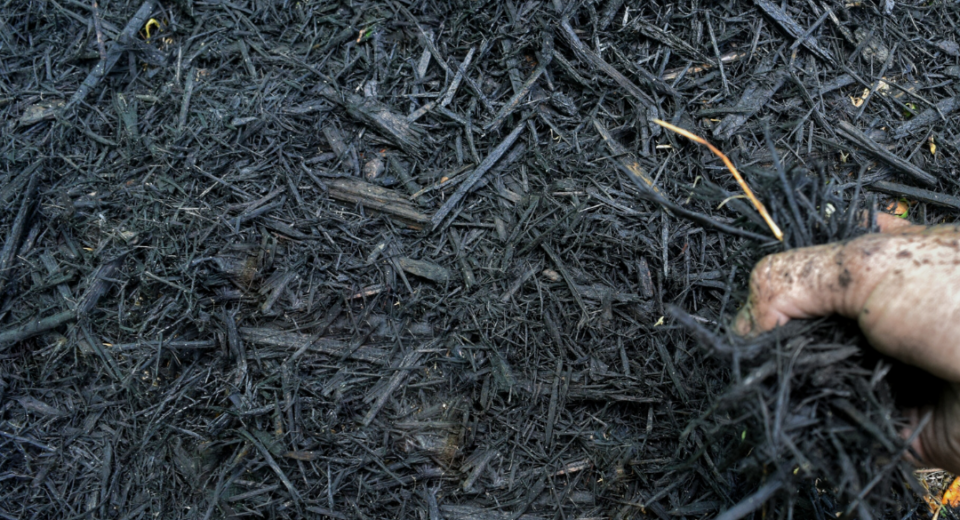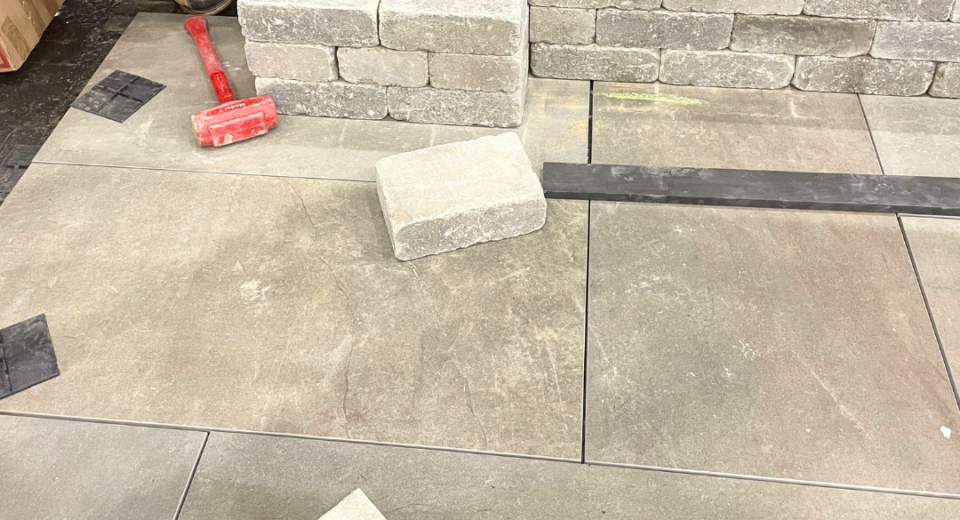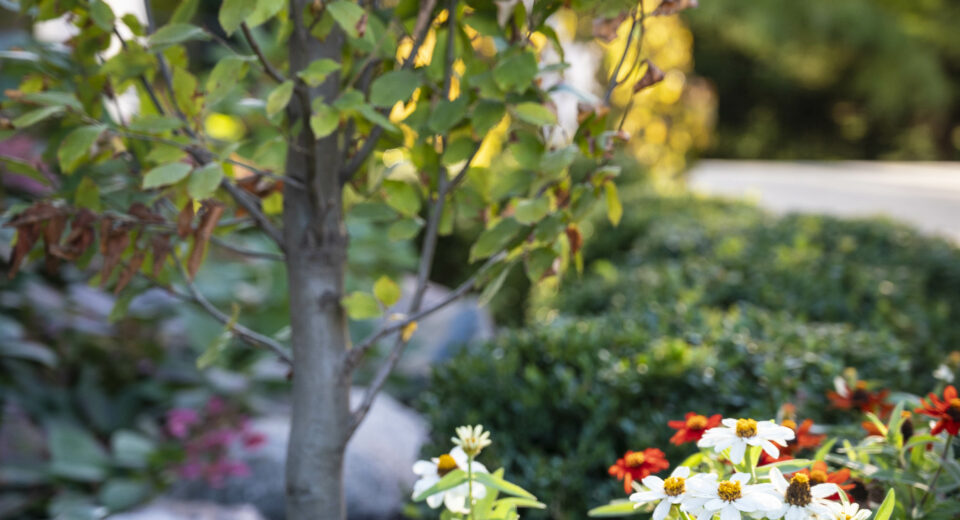Hot Tips: When to Water in the Summer
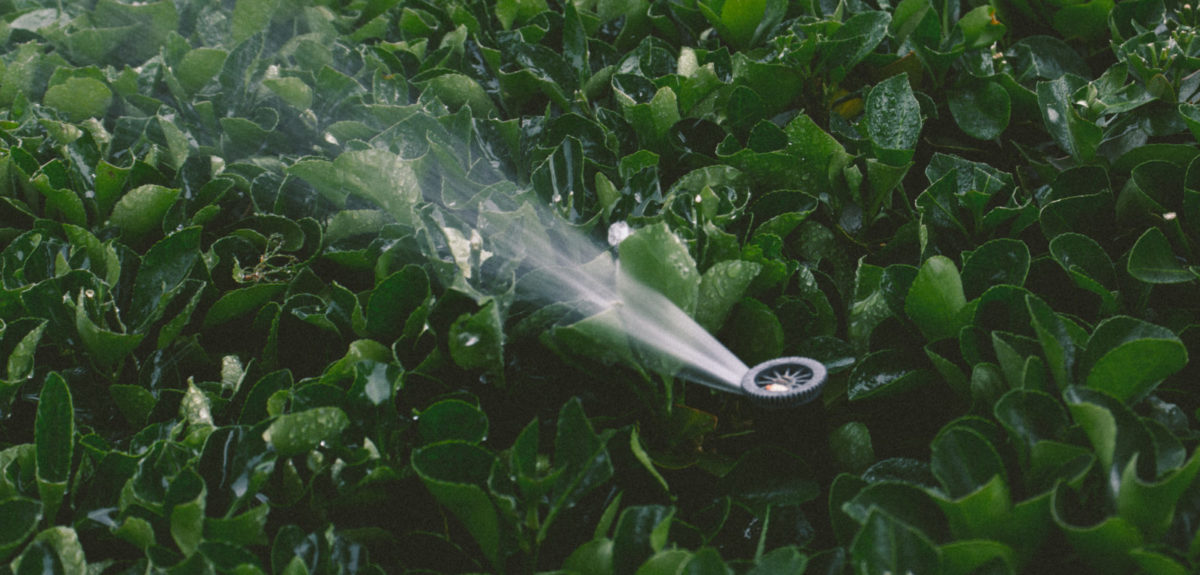

When it comes to Indiana summers, keeping up with the weather can be difficult. One day we can be facing scorching hot and dry weather, and the next day heavy rains and flooding. Juggling these weather changes can be hard when it comes to taking care of your yard. It can help to know the tell-tale signs to put the sprinklers on or when to let Mother Nature do her job. On average, most landscapes will need 1-1.5 inches of water per week to maintain healthy leaves, flowers, and fruit. Check out the tips below for more insights on when to water the yard.
Turf Tips:
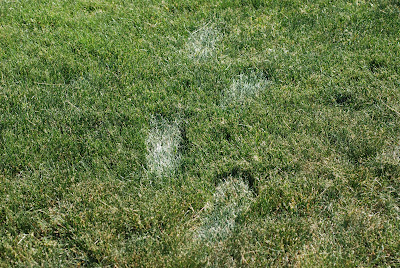
- When to water: It is best to water before 8:00 a.m. or after 8:00 p.m. Watering an established turf during midday is not very effective. A large amount of water is lost through evaporation, making it difficult for the soil to absorb the needed nutrients. Although not recommended, midday watering does not cause the turf to burn. Newly planted sod or turf will need closer attention, follow our watering instructions here.
- Signs of under-watering your turf: Walk across your grass and see if footprints appear to remain on the grass. If you notice that your prints remain and the blades of grass do not bounce back right away, this is a sign the turf is drought-stressed. Additionally, if the blades of grass are turning brown or appear wilting, your lawn could be at risk of entering a drought-induced dormancy.
- Signs of over-watering your turf: While many worry about their lawns drying out, overwatering can contribute to shallow roots, disease promotion, weed and fungus growth, and hefty water bills! Much like checking for underwatering, if you are walking across your lawn and hearing squelching, creating soggy or muddy footprints, avoid watering until your turf has time to absorb some of the water.
- Avoid set-schedules: While automated irrigation systems can be helpful, it is best to water according to the needs of your lawn. On average, a lawn in the Indy area will need around 1” of water per week, whether through rainfall or sprinkler systems. If you need assistance in maintaining your turf year-round, ask us about our turf management program.
- Take note of gradation: Remember that if your yard is on a slope, it may be difficult for the higher points to absorb water with the natural run-off. Don’t apply water faster than it can be absorbed. Allow the water to infiltrate into the soil, and then water the area again until you see noticeable run-off.
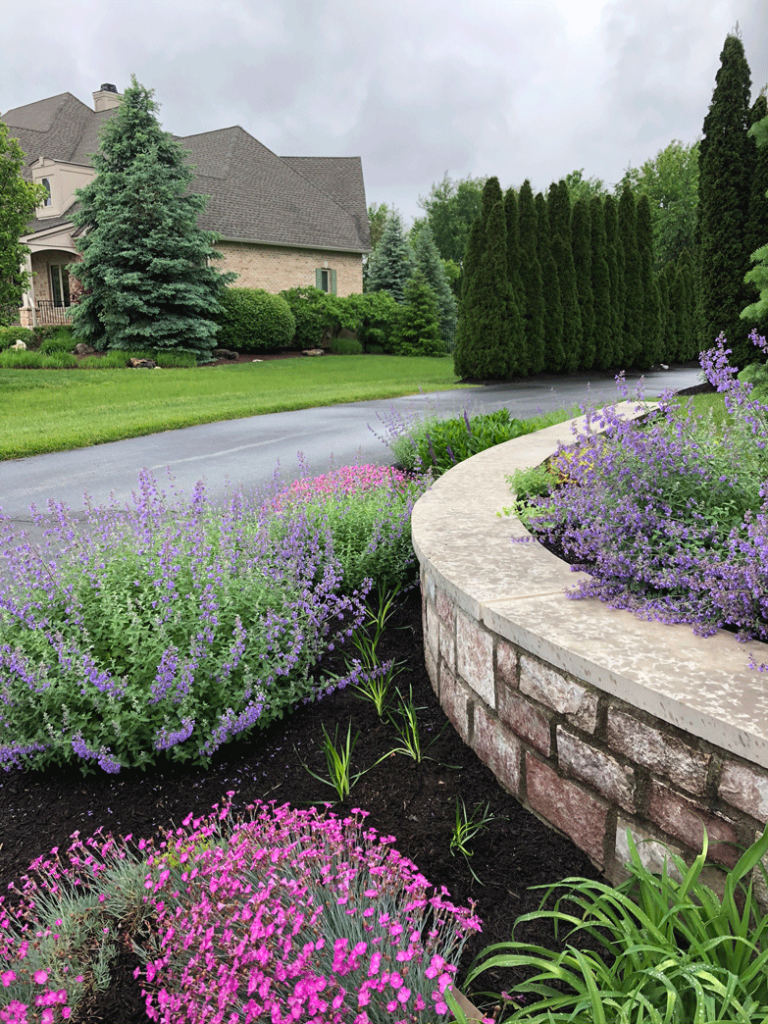
Flower & Shrub Tips:
- When to water: Water plants early in the morning, before 10:00 a.m., or later in the evening, around dusk. Watering midday can cause leaf burn on hot days. Make sure to also check for brown or yellowing leaves before watering, as this can be a sign of overwatering.
- Factor in humidity and natural rainfall: If the weather has been humid or caused heavy rains, there may be no need to water. Don’t water again until the soil begins to dry, allowing for oxygen to circulate. If plants are wilting, it is probably time to water.
- Water deeply: When it is time to water, apply water thoroughly and deeply, and then put the hose away for the rest of the week. Water at the root of the plant and avoid getting the leaves wet when possible to avoid moisture-based diseases. According to Purdue Consumer Horticulture, the worst thing you can do to your garden is to sprinkle lightly every day. Frequent, shallow watering only moistens the upper layer of soil, encouraging plant roots to stay shallow. In turn, that top layer of soil dries out quickly, making shallow-rooted plants more susceptible to drying. This goes for lawns, as well as garden and landscape plants.
- New plantings (planted in the same year): Closely follow watering instructions while also considering the natural weather conditions. Younger plants require more water more often than older plants. This could be every day or two until they have time to establish deeper roots.
- Established plants: While older plants are more capable of surviving the drier seasons, their overall health and growth can still be compromised if underwatered. Established plants should be watered deeply, but not as frequently as younger plants.
- Fertilizer: A liquid or granular fertilization can help support struggling shrubs and plants. Additionally, apply a type of organic mulch to help retain the moisture in the soil.
- Potted Plants: Water potted plants more frequently, as the soil in pots dries out much quicker than ground soil.
It can be hard to keep up with watering your yard in the warm seasons, but with a bit of practice and attention, your yard will let you know when to water! Every plant and yard is different and your landscape may need its own unique schedule. The Pros are here to help every step of the way. Give us a call to schedule maintenance services.

